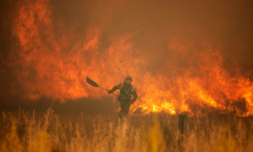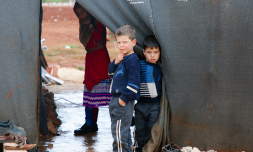As the country grapples with rising temperatures, the Finance Commission has controversially refused to recognise extreme heat as a natural disaster – despite the fact it’s claimed 35,000 lives since 1990.
India’s battle against extreme heat has reached a critical juncture.
Between 1990 and 2022, there have been 35,000 heatwave-related deaths, making it the second deadliest natural disaster plaguing the country after flooding.
Despite this, however, the Finance Commission recently refused to recognise it alongside cyclones, droughts, earthquakes, fires, floods, tsunamis, hailstorms, landslides, avalanches, cloudbursts, pest attacks, frost, and cold waves, making claims that heatwaves ‘lack merit’.
Coming at a time when India, like many other countries, is struggling to cope with unprecedented rising temperatures brought on by climate change, the move – which blatantly ignores the alarming fatality statistic – has raised serious concerns amongst climate experts and activists alike, who are arguing that discrediting heatwaves as the calamities they are is not only short-sighted but potentially discriminatory.
Heat-related deaths are most common amongst working-class and lower-caste individuals, particularly agricultural labourers, construction workers, and street vendors, who often spend prolonged periods exposed to high temperatures either outdoors or in poorly ventilated indoor spaces.
With one of the primary reasons behind the exclusion of heatwaves from the disaster list cited as being the ‘nature of its victims,’ the invisibility of these struggling marginalised communities risks being perpetuated.
This oversight is clearly problematic and an active form of casteism, as stressed by critics, who say it fails to address a very real threat posed to the lives and livelihoods of India’s most vulnerable populations.



















